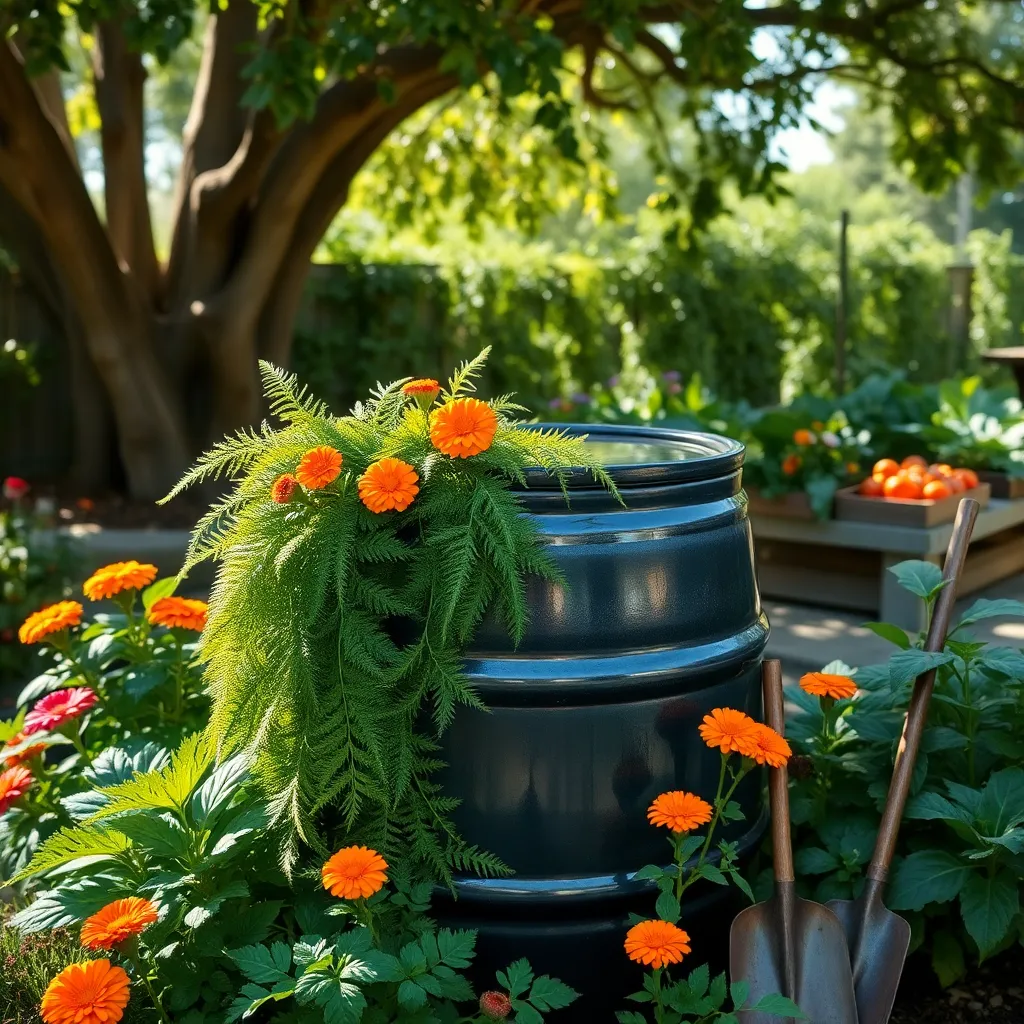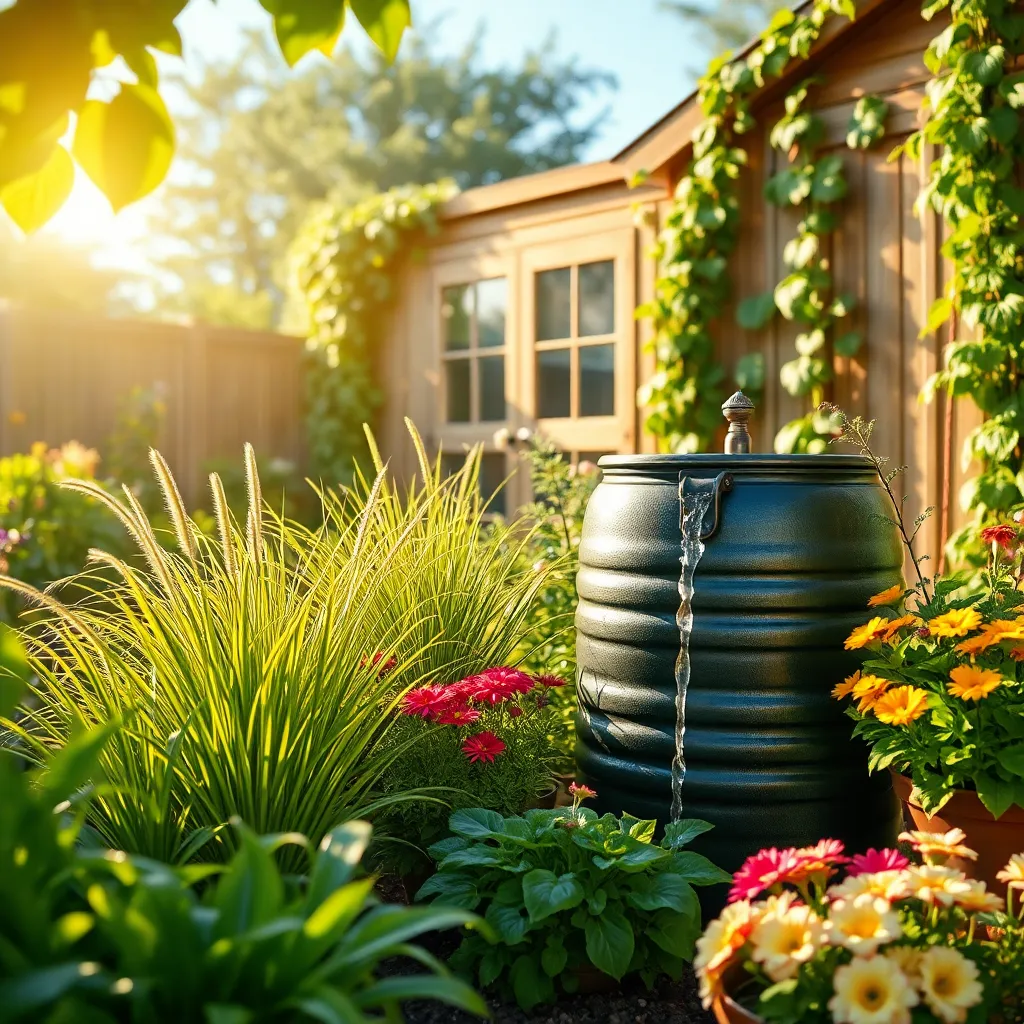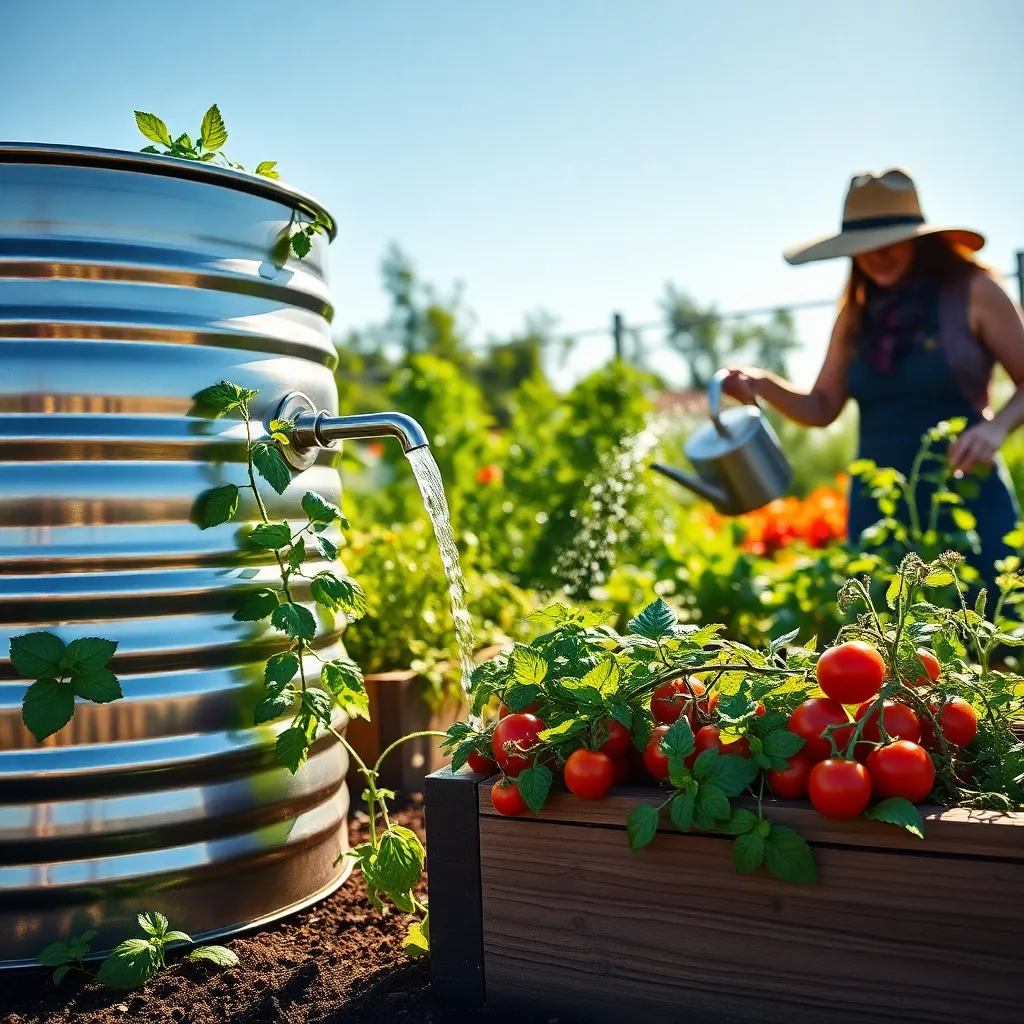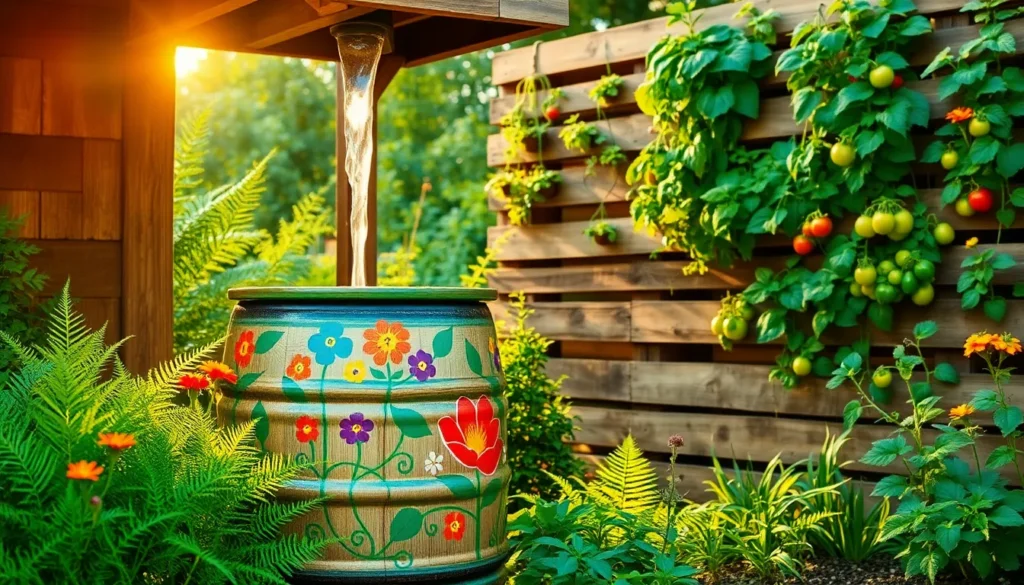Imagine having a self-sufficient garden that not only flourishes with life but also contributes to conserving one of our planet’s most precious resources—water. Rainwater harvesting is an age-old practice that offers a modern solution to water scarcity, allowing both beginner and experienced gardeners to nurture their green spaces with nature’s own gift. By collecting and storing rainwater, you can reduce your dependency on municipal water systems, lower your water bills, and ensure your plants receive the purest form of hydration.
Whether you’re just starting your gardening journey or have years of soil under your nails, mastering rainwater harvesting can transform how you care for your plants. This article will guide you through the essentials of setting up an efficient rainwater collection system, from selecting the right containers to integrating them seamlessly into your garden’s existing ecosystem. You will learn how to tailor your approach to suit the unique needs of your garden, ensuring that every drop is put to good use.
Incorporating rainwater harvesting into your gardening practice is not only a step toward sustainability but also a way to deepen your connection with the natural world. You’ll discover practical tips on maintaining your system to maximize its efficiency, as well as creative ideas for utilizing harvested water throughout your garden. Let’s embark on this journey together, unlocking the potential of rainwater to support vibrant, resilient gardens while preserving our planet’s resources for future generations.
Understanding Rainwater Harvesting Basics

Rainwater harvesting involves collecting and storing rainwater for later use in your garden, offering both ecological and economic benefits. This practice can significantly reduce your dependence on municipal water supplies, especially in areas prone to drought.
To start harvesting rainwater, you’ll need a rain barrel or a more complex system depending on your garden size. Ensure your collection system is clean and free of contaminants to maintain water quality for your plants.
Place your rain barrel under a downspout to maximize the capture of rainwater from your roof. Check for leaks and secure the lid to prevent insects like mosquitoes from breeding in the stored water.
Using harvested rainwater can lead to healthier plants, as it is naturally soft and free of chemicals found in tap water. Incorporate a simple irrigation system or watering can to distribute the rainwater effectively to your plants.
Choosing the Right Collection System

When selecting a rainwater collection system, consider the size of your garden and the average rainfall in your area. A small garden may require only a simple barrel, while larger spaces might benefit from a more extensive tank system.
It’s essential to choose a system that fits your budget and maintenance capabilities. DIY options can be cost-effective, but pre-made systems often offer better durability and ease of use.
Ensure that your collection system includes a first-flush diverter to prevent debris from contaminating your water supply. This component is crucial for maintaining water quality, especially if you plan to use the water for edible plants.
For optimal performance, position your rain barrels or tanks to maximize water pressure. Elevating containers can improve gravity-fed irrigation systems, reducing the need for pumps.
Regular maintenance is vital to keep your system efficient and safe. Check for leaks and clean filters regularly to prevent clogs that can impede water flow.
Advanced gardeners might consider integrating rainwater collection with drip irrigation systems. This combination allows for precise watering, reducing waste and ensuring your plants receive the water they need directly at their roots.
Storing Harvested Rainwater Efficiently

Storing harvested rainwater efficiently is crucial for maximizing its benefits in your garden. Begin by selecting a storage container that suits your space and water needs, such as a rain barrel or a larger cistern for extensive watering requirements.
Placing your storage container on a stable, elevated platform can improve water flow when it’s time to use it. This setup not only enables gravity-fed watering systems but also reduces the risk of contamination from ground-level debris.
To ensure the longevity and cleanliness of your stored rainwater, consider installing a first-flush diverter. This device prevents the initial flow of rain, which might contain contaminants from the roof, from entering your storage system.
Regular maintenance is key to keeping your rainwater storage system efficient. Check for leaks and clean filters periodically to prevent blockages and ensure that water is free of debris.
Irrigation Methods Using Rainwater

Using rainwater for irrigation not only conserves natural resources but also benefits your plants by providing them with naturally soft water free from salts and chemicals. To implement this, first, set up a rainwater collection system, such as a rain barrel, connected to your downspouts.
Once collected, distributing rainwater to your garden can be achieved through various methods. Drip irrigation systems are highly effective, delivering moisture directly to the root zone where it’s most needed, minimizing evaporation.
For smaller gardens or container plants, consider using a watering can to manually disperse the rainwater. This method allows you to control the amount of water each plant receives, which is especially helpful for plants with varying moisture needs.
For a more automated approach, you can install a gravity-fed irrigation system. By elevating your rain barrel, you can use gravity to create water pressure, feeding it into soaker hoses laid out throughout your garden beds.
It’s important to monitor the water needs of your plants regularly. During dry spells, check soil moisture by sticking a finger into the soil; if it feels dry up to your first knuckle, it’s time to water.
Maintaining Your Harvesting System

To ensure your rainwater harvesting system remains efficient, regular maintenance is crucial. Begin by routinely inspecting your gutters and downspouts to remove any debris that may obstruct water flow.
Cleaning your storage tanks is equally important to prevent algae growth and contamination. Using a non-toxic cleaner, scrub the interior of the tank annually, ensuring all residue is thoroughly rinsed out.
It’s also vital to check the system’s filters and screens, replacing them as needed to maintain optimal water quality. A clogged filter can lead to poor water flow and might affect the health of your plants.
Monitoring the water level in your tanks can help you manage your irrigation schedule effectively. During dry spells, prioritize watering plants that demand consistent moisture, such as tomatoes and cucumbers.
For advanced gardeners, implementing a rain gauge can enhance your understanding of rainfall patterns and help optimize water usage. This tool will allow you to adjust your irrigation system based on precise measurements, ensuring your garden receives just the right amount of water.
Conclusion: Growing Success with These Plants
As we wrap up our exploration of ‘Rainwater Harvesting for Garden,’ it’s clear that nurturing a thriving garden is much like cultivating a healthy relationship. We’ve covered five key concepts: the importance of understanding your garden’s unique needs, the art of collecting and conserving resources, the value of consistent care and attention, the role of patience and timing in growth, and the benefits of sustainable practices for long-term flourishing. These principles mirror the dynamics of successful relationships, highlighting the need for empathy, resourcefulness, commitment, patience, and sustainability.
Your actionable next step? Take a moment to reflect on one area in your relationship where you can apply these gardening principles today. Whether it’s listening more intently, sharing resources, or simply being patient, small changes can yield significant growth.
Remember, relationships, like gardens, thrive with attention and care. Bookmark this article as a handy guide to revisit whenever you need a reminder of these valuable insights. By investing time and effort now, you’re planting the seeds for a future rich in love and connection. Here’s to a flourishing relationship and the sweet rewards it brings!







